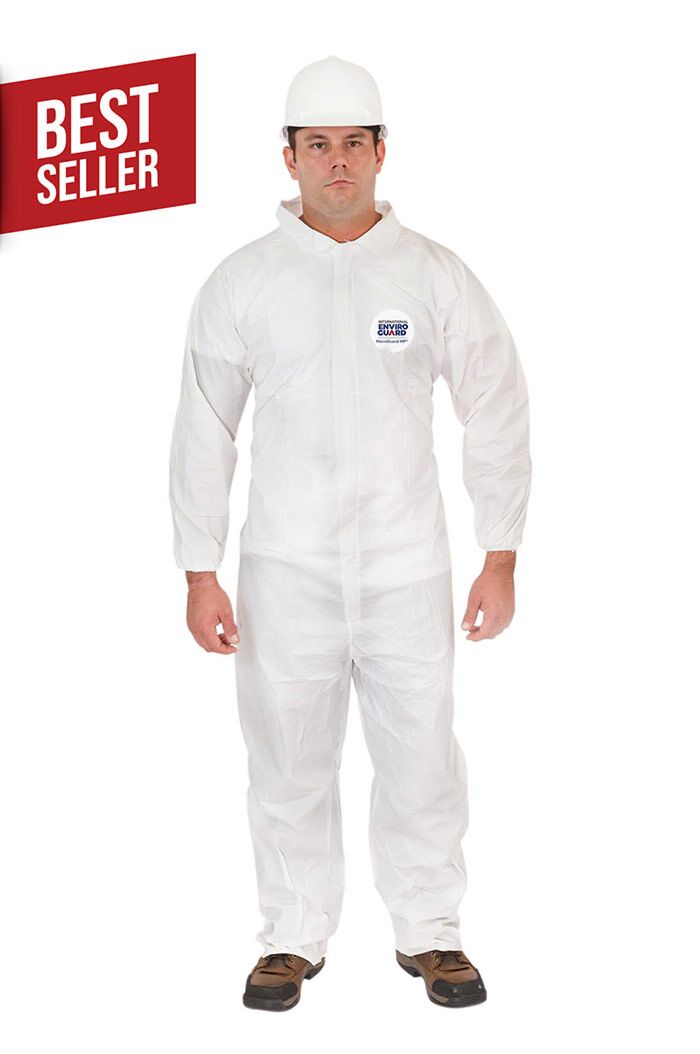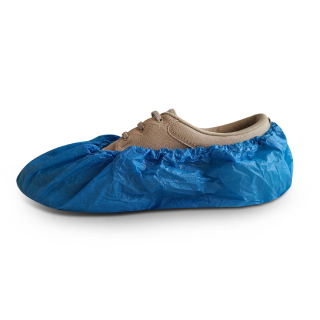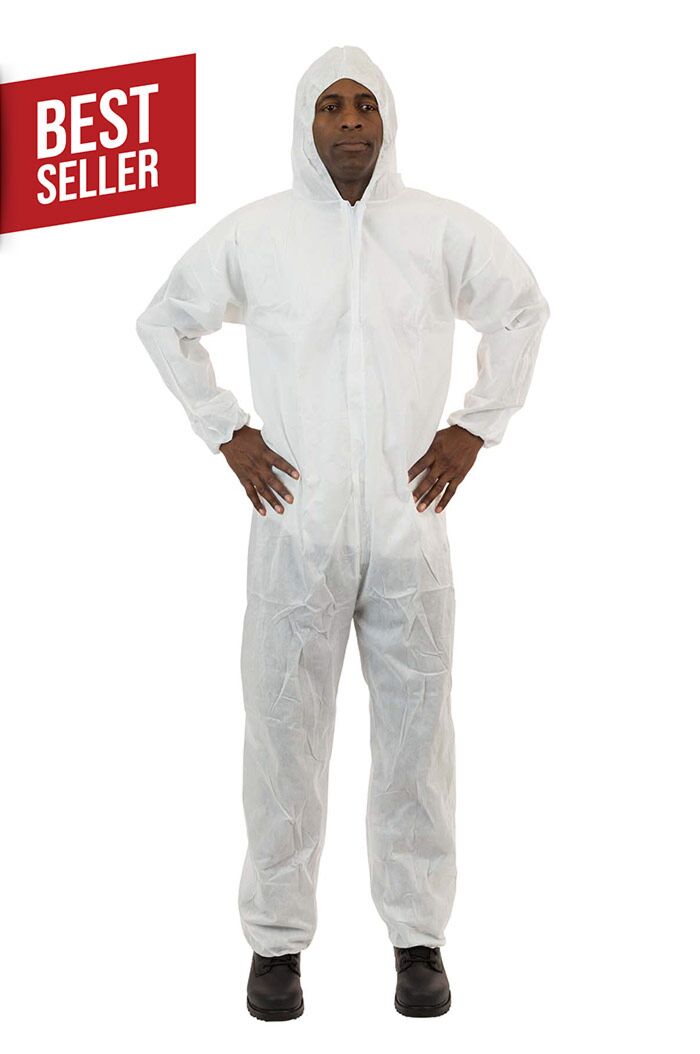We use cookies to make your experience better. To comply with the new e-Privacy directive, we need to ask for your consent to set the cookies. Learn more.
Food Processing
Protective clothing for Food Manufacturing, Food Inspection, Food Packaging, Commercial Kitchens, Assembly Line Operations, Conveyor Belt Operations, Catering & More.
Food Processing Protective Clothing for Manufacturers
Food preparation requires a contamination-free environment. This protects consumable products from contaminants such as hair, saliva, dust, and other debris. When workers wear disposable PPE, they not only protect themselves but also protect food products and public health. Adequate protection while handling food, along with proper hygiene, ensures better protection against foodborne illnesses and costly recalls.
The Centers for Disease Control and Prevention (CDC) estimates that 1 in 6 people (48 million Americans) get sick from a food-related illness every year in the United States. The U.S. Department of Agriculture (USDA) estimates that food-borne illnesses cost the United States more than $15.6 billion each year. These statistics prove that food-borne illness is a significant public health burden—and one that is largely preventable.
The food processing industry needs durable PPE to comply with safety protocols and prevent cross-contamination of edible products. This is where International Enviroguard can help. Our disposable protective clothing protects products, workers, and facilities from onsite hazards.
Protective Clothing for a Variety of Applications
International Enviroguard provides a wide selection of food processing clothing and accessories to meet your health and safety needs. Value options include polypropylene and SMS, which are ideal for low-risk environments that call for lower protection levels. Our polypropylene clothing includes bouffant caps, anti-skid shoe covers, lab coats, head and face hoods ("Ninja Hoods"), coveralls, and beard covers. Disposable SMS workwear includes coveralls, lab coats, bouffant caps, and shoe covers.
For more high-risk environments, MicroGuard MP® offers wet and dry particle protection. MicroGuard MP® also protects against light liquid splashes, common chemicals, and blood penetration. These garments use soft, non-woven fabric with a microporous film that holds up in more challenging environments. MicroGuard MP® offers breathable coveralls, lightweight lab coats, chemical splash aprons, and accessories including sleeves and shoe covers.
Prevent cross-contamination with personal protective equipment (PPE) across food processing plants, within the restaurant industry, or in catering. International Enviroguard also offers sticky mats to prevent the spread of dirt and debris throughout your work site. Our Enviromat® tacky mats are available in a variety of sizes and colors to fit your workplace needs.
How Can Stakeholders in the Food Industry Protect Their Consumable Products?
Mistakes can and do happen within the food industry, and these mistakes ultimately can lead to foodborne illness outbreaks. However, there are numerous ways to prevent the spread of harmful bacteria in ready-to-eat food.
- Foremost, proper hygiene goes a long way in the food industry. Wearing gloves in addition to washing your hands with hot soapy water significantly reduces germs and bacteria.
- Consider "test-and-hold" programs to identify impure foods and prevent them from going to market.
- Consider remote or onsite food and production audits (both internal and third-party) to track and reduce bacterial load.
- Try environmental changes, including the installation of germicidal ultraviolet lights or temperature and humidity sensors. The "danger zone" temperature range for optimal bacterial growth is between 5°C and 63°C (41°F to 145°F). Bacteria also love moist or damp environments.
- Proper use of personal protective equipment (PPE) maintains worker safety and prevents cross-contamination. Wearing PPE serves as an ideal option for protecting against microscopic particles, liquid splashes, and blood penetration. Items such as face masks, beard covers, protective sleeves, lab coats, or long-sleeved aprons prevent the spread of hair, dander, and saliva.
- Make food safety a regular part of your business's culture. This includes frequent training on food safety standards, proper PPE use and disposal, workflow protocols, and more.
- Know where and how bacteria thrive to control bacterial growth upfront. Bacteria thrive in dairy and animal products. They seek out moisture from "wet" foods like soups, sauces, dressings, and sandwich fillings. Bacteria also thrive in warmer temperatures.


